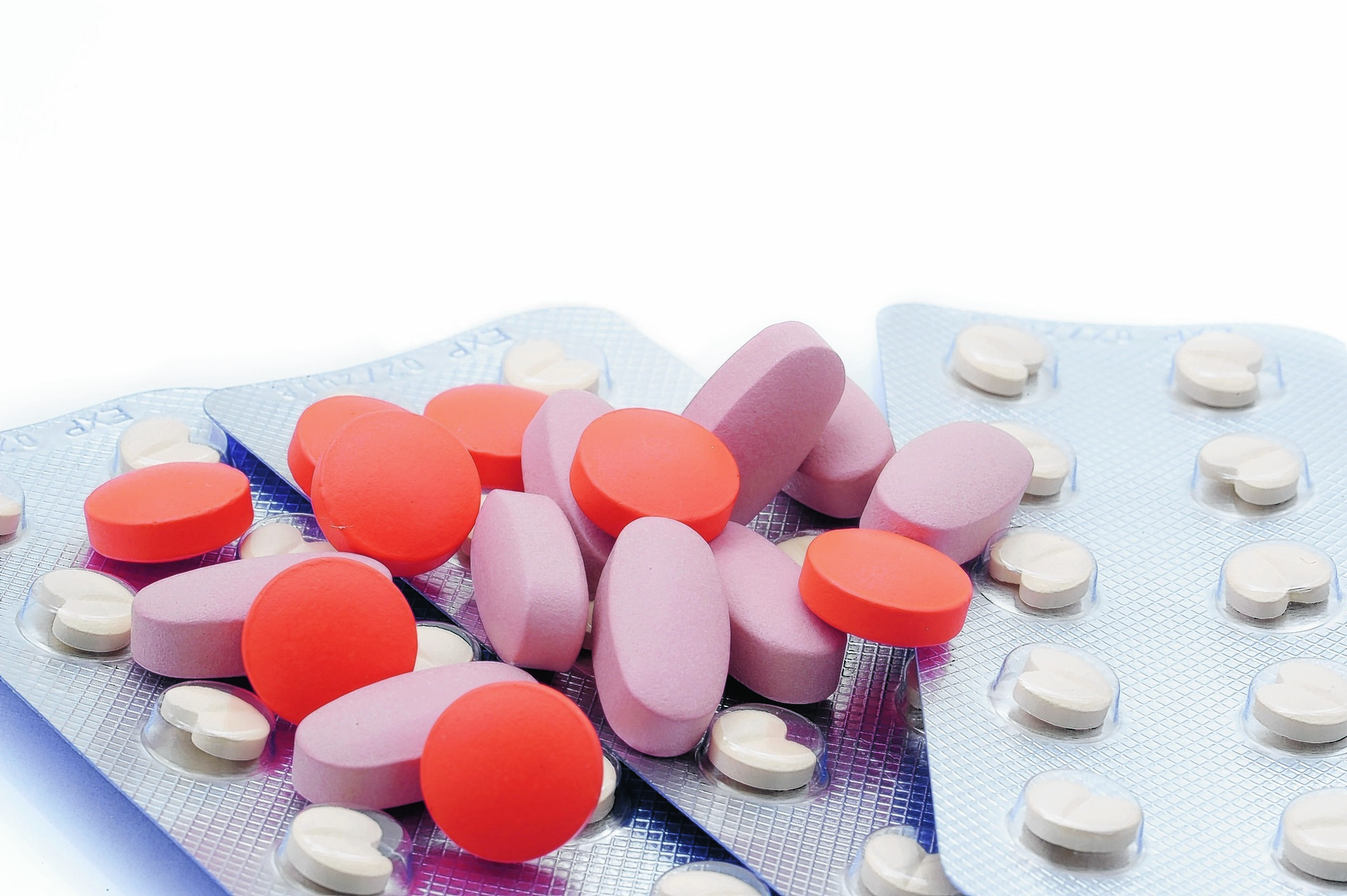The Prime Minister has warned that antibiotic resistance could soon cast the world “back into the dark ages of medicine”, and the Chief Medical Officer has said it poses a threat as important and deadly as climate change and international terrorism.
Yet despite such stark warnings that our old adversary bacteria is on a deadly march and we are rapidly losing the weapons to fight it, many people feel confident that science will, yet again, save the day.
But will it?
It’s estimated that drug-resistant strains of bacteria are responsible for 5,000 deaths a year in the UK and 25,000 in Europe.
Bacteria become resistant to the drugs that would once have killed them, because they multiply so rapidly that mutation occurs, which makes them less susceptible to an antibiotic. It takes just 30 minutes for each new generation of bacteria to thrive, meaning such mutations are quickly replicated over and over again.
Mark Fielder, professor of medical microbiology at Kingston University, explains: “Bacteria have developed mechanisms by which they can circumvent the effects of antibiotics, so the antibiotics that were effective are no longer working, either at all, or as well as they did.
“These bacteria now have an advantage over other organisms in the population and over us because we’re not killing them, they survive and may start to predominate.”
So, every dose of antibiotics taken could give an advantage to the bacteria that are resistant to that drug. The more a particular antibiotic is used, especially if used inappropriately, the more quickly bacteria resistant to it will be selected and increase in numbers. So antibiotics need to be used as sparingly as possible.
And that’s where the public can help, by not demanding antibiotics for every sniffle.
Fielder says: “We’re trying to preserve the antibiotics that we do have, so we minimise the chances of further mutations occurring.
“We’re heavily encouraging good stewardship of antibiotics; trying to make sure that the right drug is used for the right organism in the right circumstances.
“Education at all levels of the community is needed, from the patients to the medics. We’re trying to get patients to understand that an antibiotic isn’t necessarily appropriate for every infection.”
Treating a cold with antibiotics is pointless, for example, because antibiotics kill bacteria and a cold is caused by a virus which isn’t affected by antibiotics.
“Just let your immune system deal with the infection,” advises Fielder. “Trust your doctor, if they prescribe antibiotics then that’s absolutely fine,”
He stresses that patients should always complete the full course of antibiotics though, even if they feel better before the end. This is because the treatment course has been calculated to last for the full life-cycle of the bacteria. The organism may still be in your system, and those last few doses are needed to make sure it’s killed,” explains Fielder.
Perhaps the most well-known antibiotic-resistant bacterial infection was the notorious hospital superbug MRSA (methicillin-resistant staphylococcus aureus), which has declined by a massive 80% since 2008.
However, new threats have replaced MRSA – cases of drug-resistant tuberculosis and drug-resistant sexually transmitted diseases, such as gonorrhoea, have increased rapidly in recent years, for example.
But antibiotics aren’t only valuable for fighting infections – they’re needed to guard against them as well, and are a vital part of many medical procedures, including various types of surgery, organ transplantation and the survival of premature babies.
“Routine surgery, such as knee and hip operations, which currently rely on antibiotics as part of the treatment process, will become a much greater challenge. They could be life-threatening, potentially in our lifetime, if we don’t act now,” warns Fielder.
But while any resistance may have previously been countered by the use of a new antibiotic, there are now no new antibiotics.
Since the momentous discovery of the first antibiotic, penicillin, by Alexander Fleming in 1928, and the “golden era” of antibiotic discovery (which produced most of the rest of the commonly-used antibiotics, between the 1940s and 1960s), discovery of these wonder drugs has slowed down and is now at a standstill. No new classes of antibiotics have been discovered since 1987.
Indeed, David Cameron has just announced a review into why so few antimicrobial drugs have been introduced in recent years.
He said: “If we fail to act, we are looking at an almost unthinkable scenario where antibiotics no longer work and we are cast back into the dark ages of medicine, where treatable infections and injuries will kill once again.”
But why is there a lack of new antibiotics?
There are scientific difficulties in finding new agents that successfully target bacteria, some regulatory complexities and few financial incentives for pharmaceutical companies.
“The pharmaceutical industry spend billions getting a drug to market,” says Fielder.
“It’s an expensive process, they’re a business and they need a return on their investment.”
Many other drugs provide a much greater financial return – after all, a patient will probably only be treated with an antibiotic for around a week, whereas they might take a blood pressure medication, for example, for the rest of their life.
“What’s now being called for is to ask governments around the world to offer tax incentives to help big pharma make new drugs,” says Fielder.
“It’s not just about making money, it’s about saving lives. The pharmaceutical companies want to do both, but they have to make a profit, so incentives are needed.”
